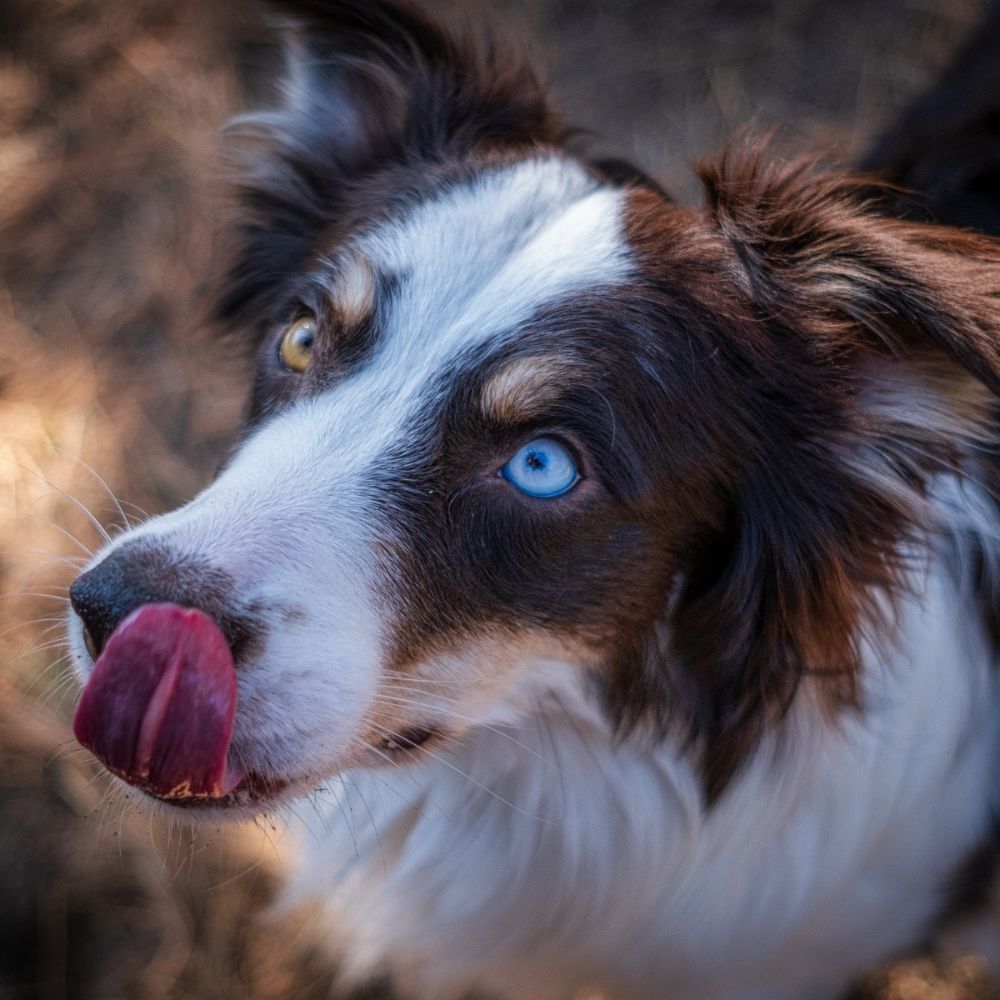Pet Cataracts
Dogs and cats can have various eye conditions and injuries over the course of their lifetimes. We are pleased to provide cataract treatment at Animal Eye Center.

Pet Cataracts in Rocklin, CA
Cataracts are cloudings of the lens in one or both eyes that cause vision impairment or loss. It is most common in diabetic patients and those that have had uveitis (inflammation) inside the eye(s), although it can be caused by genetics, trauma, or old age. Surgery or medication may be used to treat the condition.

What is a cataract?
Currently, no medical treatment is available to slow or prevent the formation of cataracts. Cataracts can cause severe inflammation in the eye. Treatment with anti-inflammatory drops will help prevent secondary glaucoma and improve the successful outcome of cataract surgery. If your pet has cataracts and its eyes are bloodshot, you need to start therapy immediately, regardless of whether you want to pursue surgery to remove cataracts. Surgical removal of cataracts is the only treatment available to restore vision.
Is my pet a candidate for cataract surgery?
How is cataract surgery performed and what is the aftercare?
Cataracts are removed in most cases by phacoemulsification surgery. This involves the ultrasonic breakdown of the lens material and its aspiration out of the eye. If the lens capsule is stable, an intraocular lens (IOL) will be implanted in the eye to improve immediate post-operative and near vision. The decision to insert an IOL is at the discretion of the surgeon. The surgery is performed with the patient positioned under an operating microscope using delicate instruments and state-of-the-art phacoemulsification equipment. The patients are monitored closely under anesthesia by a veterinary technician. The surgery takes 60 to 90 minutes per eye. Patients go home on the day of surgery and are re-evaluated the next morning. They will wear an Elizabethan collar for 10 to 14 days to prevent them from rubbing or bumping their eyes. Patients require medication with eye drops four to six times daily as well as oral medications once to twice daily. Frequent re-examinations are required for the first three weeks, then every three months for the first year, followed by yearly rechecks. Strict patient compliance concerning post-operative therapy and re-examination is imperative for the long-term maintenance of vision. Cataract removal surgery is a highly successful procedure. However, complications, including retinal detachment, chronic inflammation, glaucoma, intraocular bleeding, and vision loss, can occur.
